
12 minute read
Trevor’s Favorites
MY PERSONAL BEST


1. Playa Mujeres, Mexico – If you like sun and sand, this is the place to go. My wife and I had an amazing time here and would recommend a stay to anyone who wants beautiful views and relaxation. 2. HOKA Speedgoat 4 Men’s Shoes – I love these terrain shoes. They are breathable yet have rugged mesh and are unbelievably comfortable. 3. Prescott National Forest, Prescott Arizona – Make sure to visit the Crown King area if you visit the Prescott National Forest. It’s the perfect place to hike trails and be up close to nature.
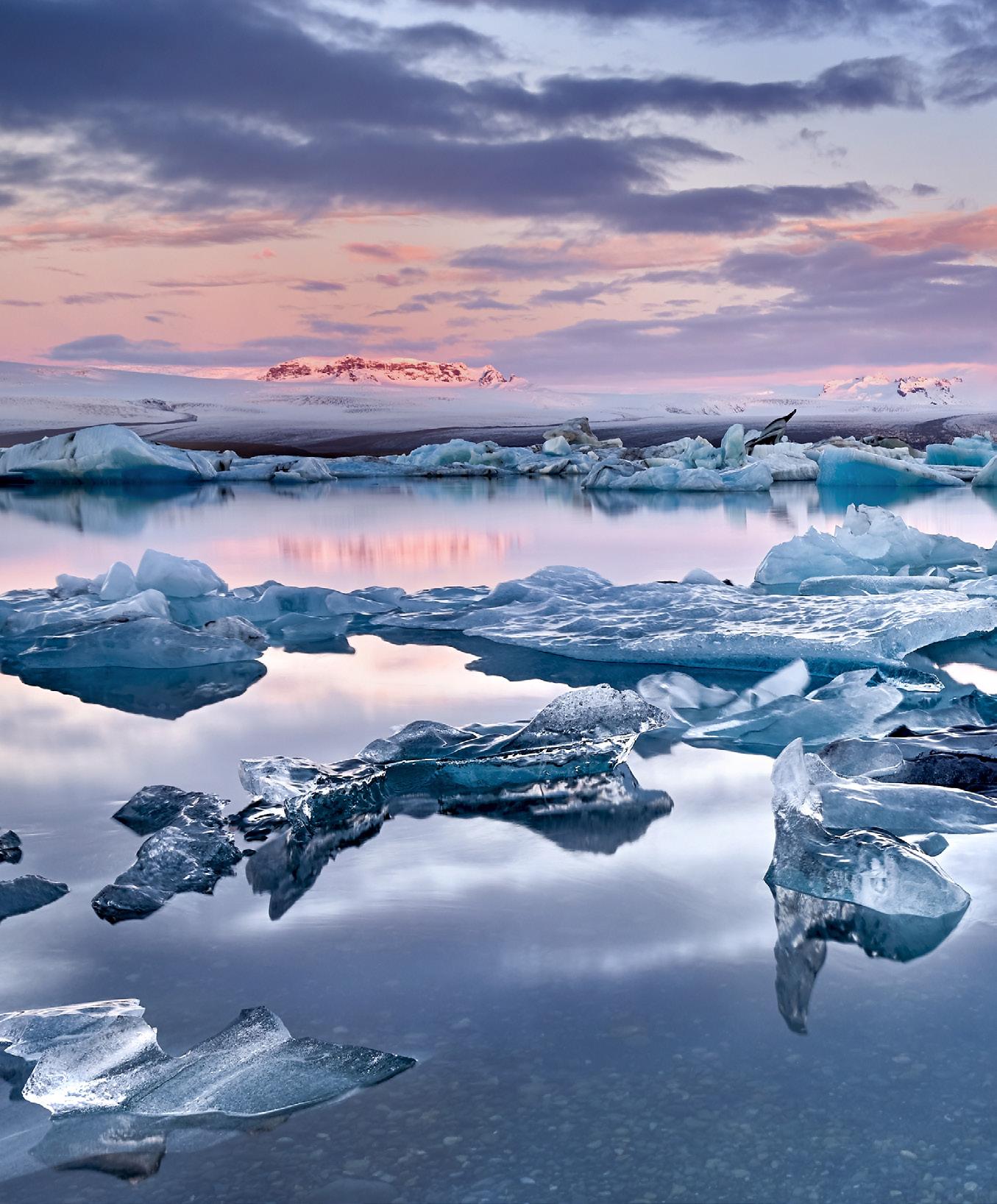
21 ANTARTICA
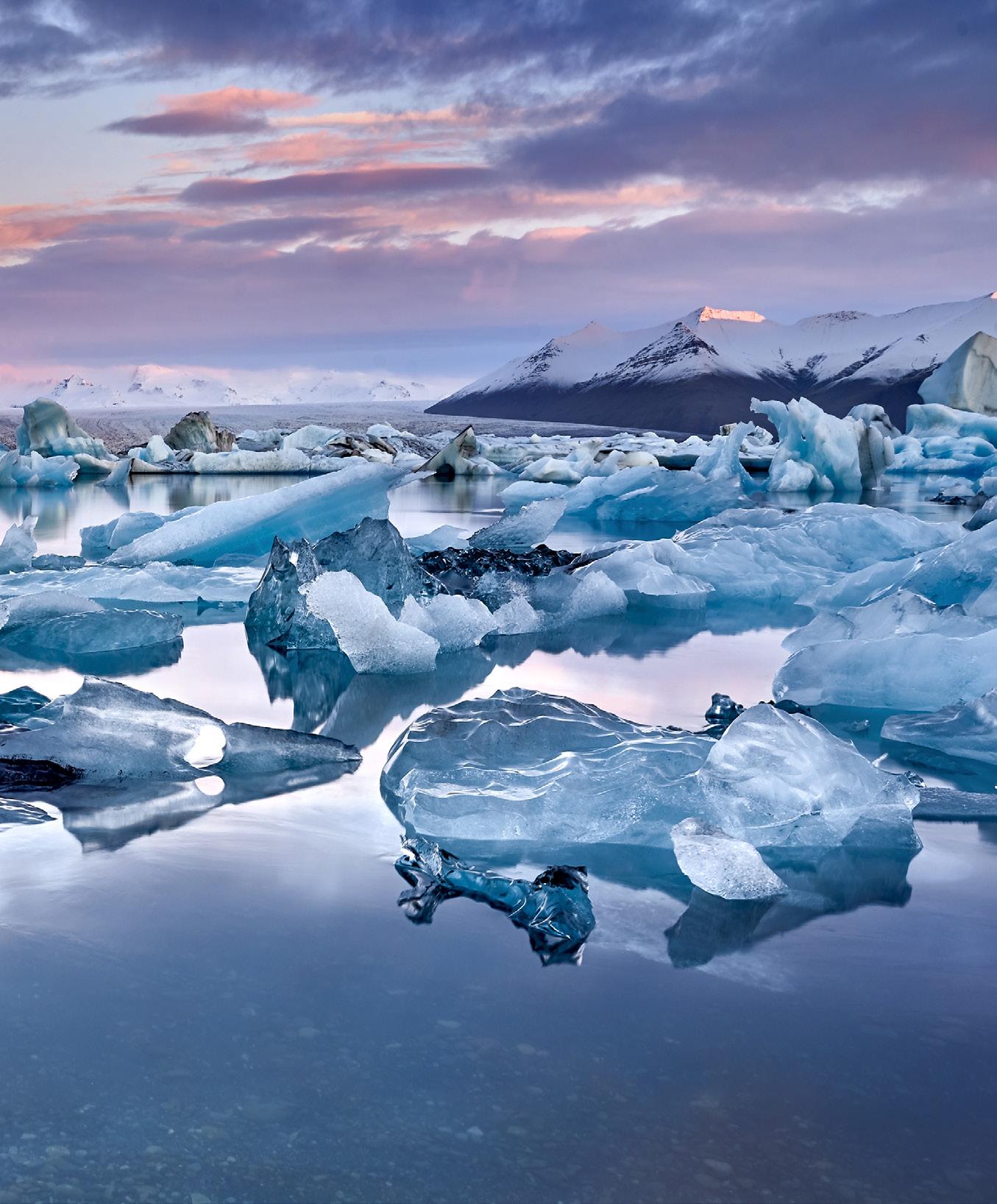
VOYAGE VOYAGE
OF A LIFETIME

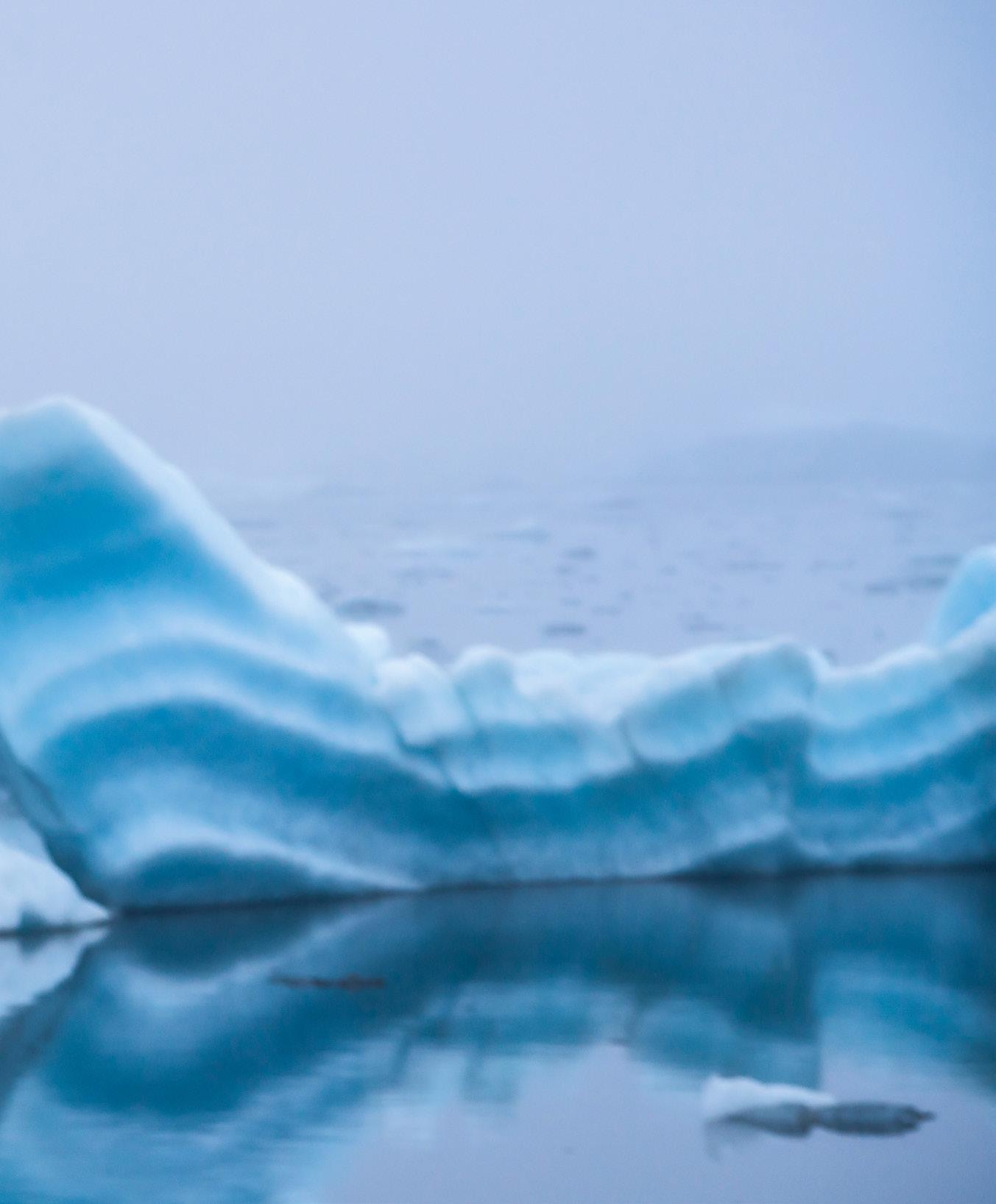
A wise person once said, “You don’t have to go to Antarctica to know that there are penguins there.” While the adage may be true, what is even more true is that a journey to Antarctica is the journey of a lifetime.
It can be hard to truly understand a place like Antarctica. It is the coldest, windiest, and driest place on earth. It is a desert with no trees, no bushes, and no long-term residents. More meteorites are found in Antarctica than any other place in the world. It is because of these reasons that you need to go.
The southernmost continent is truly the place to unplug. There is no mobile phone service. There are no hustling and bustling crowds. No souvenir shops, no 5-star restaurants or street food stalls. No ATMs (there is no official currency), no docking stations, or skyscrapers or airports or bus or train stations. It is stillness under the dome of a bright blue sky surrounded by a sea of pure, white ice. The only distractions here are the sight of penguins marching in formation along snowy paths, humpback whales surfacing to breathe, and myriad birds flying above. Sounds like bliss, doesn’t it?
WHEN TO GO TO
The Antarctic travel season lasts from November through March, which is the Antarctic summer. During this timeframe, temperatures can range from around 20 to 50 degrees Fahrenheit. Although it is a short window of travel time overall, it narrows even further depending on your interests. The best time for penguin spotting is late December or early January. Wait too long and previously pristine penguin colonies get dirty and smelly. But for peak whale watching season, the magic time is February or March.
Antarctica does have many activities that can be enjoyed throughout the travel season. It doesn’t matter which side of the calendar you choose – the penguin spotting or the whale watching – you can snowshoe, kayak, ski, camp, snorkel, dive, and visit historic sites from earlier expeditions.
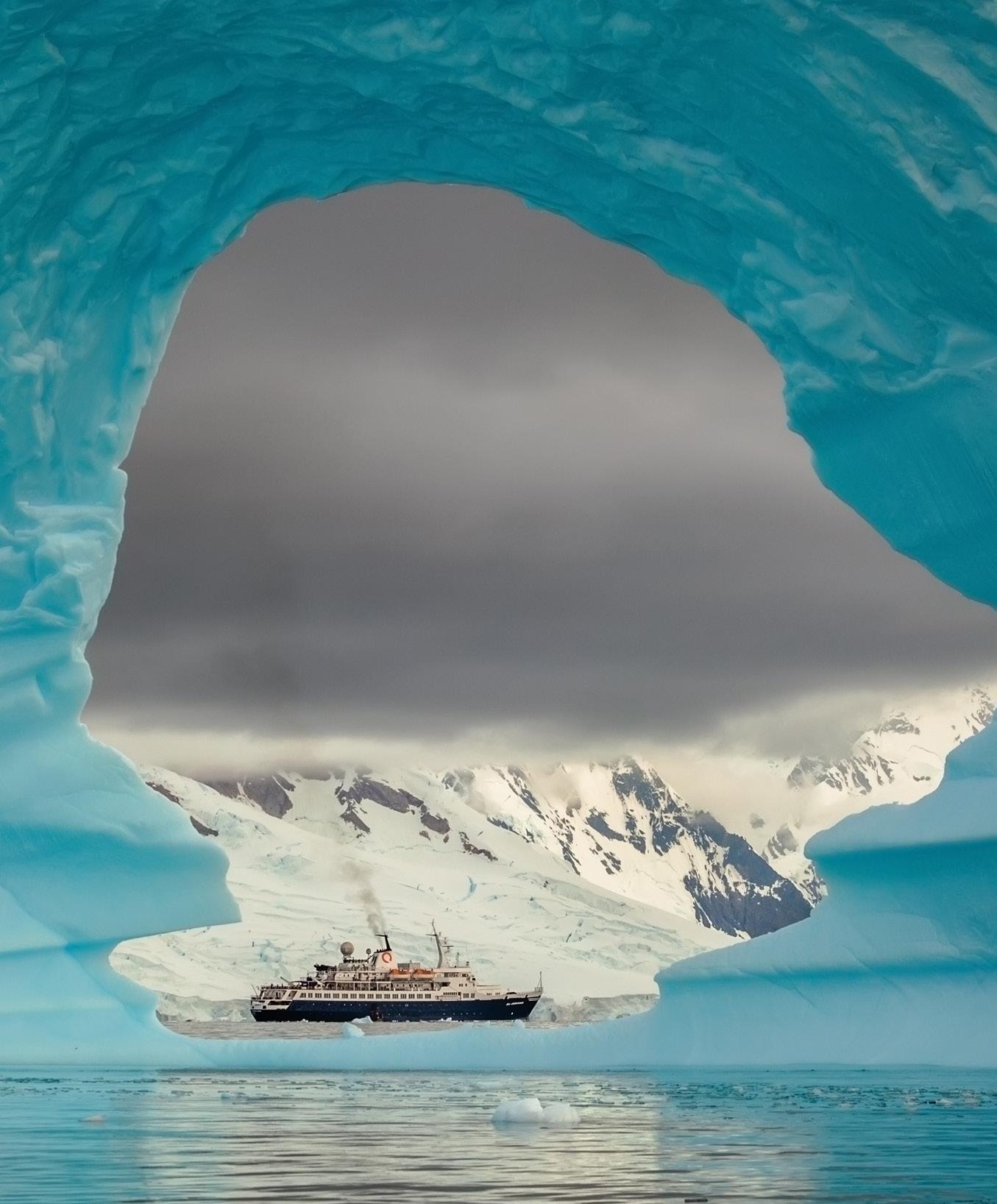
HOW TO GET THERE
Of course, Antarctica is a somewhat restricted territory, so you can’t just show up to the continent. It is necessary to book passage through either a cruise ship company or an airline. While traditionally, sailing was the only way to reach Antarctica (and remains the most common route) it is now possible to travel by air to the icy region. Flying by charter plane from Punta Arenas, Chile, you will reach the Antarctic Peninsula in just two hours, instead of two days at sea. This option is perfect for time sensitive or anxious travelers. Note: there are limited departures each season so you will need to book far in advance.
However, nearly 98% of visitors approach Antarctica via the tip of South America. Most originate their tours through Ushuaia, Argentina. It is the quickest and most accessible route. It also has the widest choice of cruise ship embarkations. Whichever way chosen – air or sea – one thing is for sure: long gone are the days of the rickety whalers that took the first explorers to the unexplored continent.
When choosing a cruise line, make sure to do your homework. Although there are many similarities, different cruise ships do offer different amenities and travel itineraries which can last from nine days to one month. Make sure to spend the time researching the line before booking. Take into consideration your “musts” versus your “wants” and compare itineraries. Also, Antarctica is a destination where smaller vessels yield big advantages. Big cruise ships can only stop at a few sites whereas the smaller boats are nimbler and access more locations.
When researching your perfect itinerary, you will notice that Ross Sea trips are much longer in length. They usually last around 30 days. Many opt for the Weddell Sea excursions as they take about 11 days from start to finish and do cover many Antarctic attractions, including the emperor penguins. The most recommended Weddell cruises are those that take in the west slopes of the Antarctic Sound.
Once you have chosen your perfect itinerary and set sail, onboard expect to mingle with scientists, naturalists, historians, and underwater specialists. Part of the experience are the organic conversations that will evolve around you. Make sure to take the time to enjoy them.
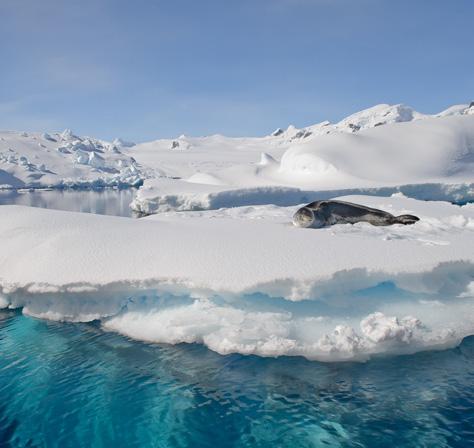

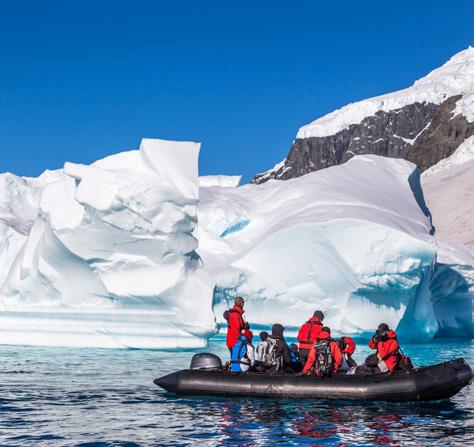
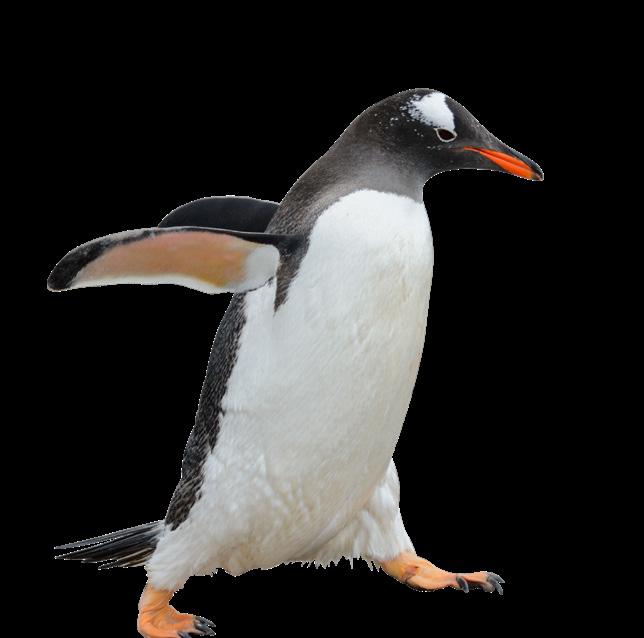
26 JOHN ERIC HOMEEXPLORE
WHAT TO DO
For such a large, desolate and icy place, oddly enough there are many activities to enjoy in Antarctica. Here are a few of the top attractions:
View magnificent penguin colonies…
Many people make the trek to Antarctica to penguin peep, to witness the birds in their native habitat. Penguins and penguin colonies are plentiful around Antarctica, but one of the best sites to enjoy them is the emperor penguin colony at Snow Hill Island.
Kayak around sea ice…
Yes, you read that correctly. Although freezing waters may intimidate the faint of heart, it is worth conquering the fear and jumping in a kayak. You will leave the noise of the motorized boats and have the rare opportunity to enjoy your surroundings in the absolute purist way.
There are many locations in which to indulge a private kayak tour. Wiencke Island is a fantastic launching place, as is Pléneau Island and Petermann Island, which are prized locations as they both offer up the opportunity to see Adélie penguins, blue-eyed shags, humpback whales, minkes, and leopard seals.
Board a whale-watching cruise. ...
Like the penguins, whales are one of the attractions that draw travelers to Antarctica. Also like their tuxedo-ed friends, whales can be seen in many areas around the island. The best sites to witness pods of them are Cuverville Island, Danco Island, Petermann Island, and Pléneau Island.
Sharpen your ornithology skills…
Birds are a big deal in Antarctica. They are plentiful and diverse.
Antarctica is home to multiple species of albatross, gull, tern, skua, petrel, shearwater, cormorant, and sheathbill. Looking up into the sky, you will see them in numbers. Careful on the ground though – some of the albatross do wander around.
Mail a letter from the planet’s southernmost post office…
Sure, it may sound cheesy, but everyone does it. The former research base of Port Lockroy, whose post office is now known as the Penguin Post Office, is the most southerly mailing depot on the planet. Send a missive back home to your friends – and to yourself. It is one of the most unique postmarks that there is on Earth.
GOODBYE ANTARCTICA
When it’s time to say goodbye, one can’t help but feel sentimental. Most tourists to the continent do not return a second time. The magic is felt only once. Leaving it behind is also an experience. But don’t be sad, the postmarked letter that you sent home to yourself will arrive – though you might be home for a bit before it reaches your mailbox.
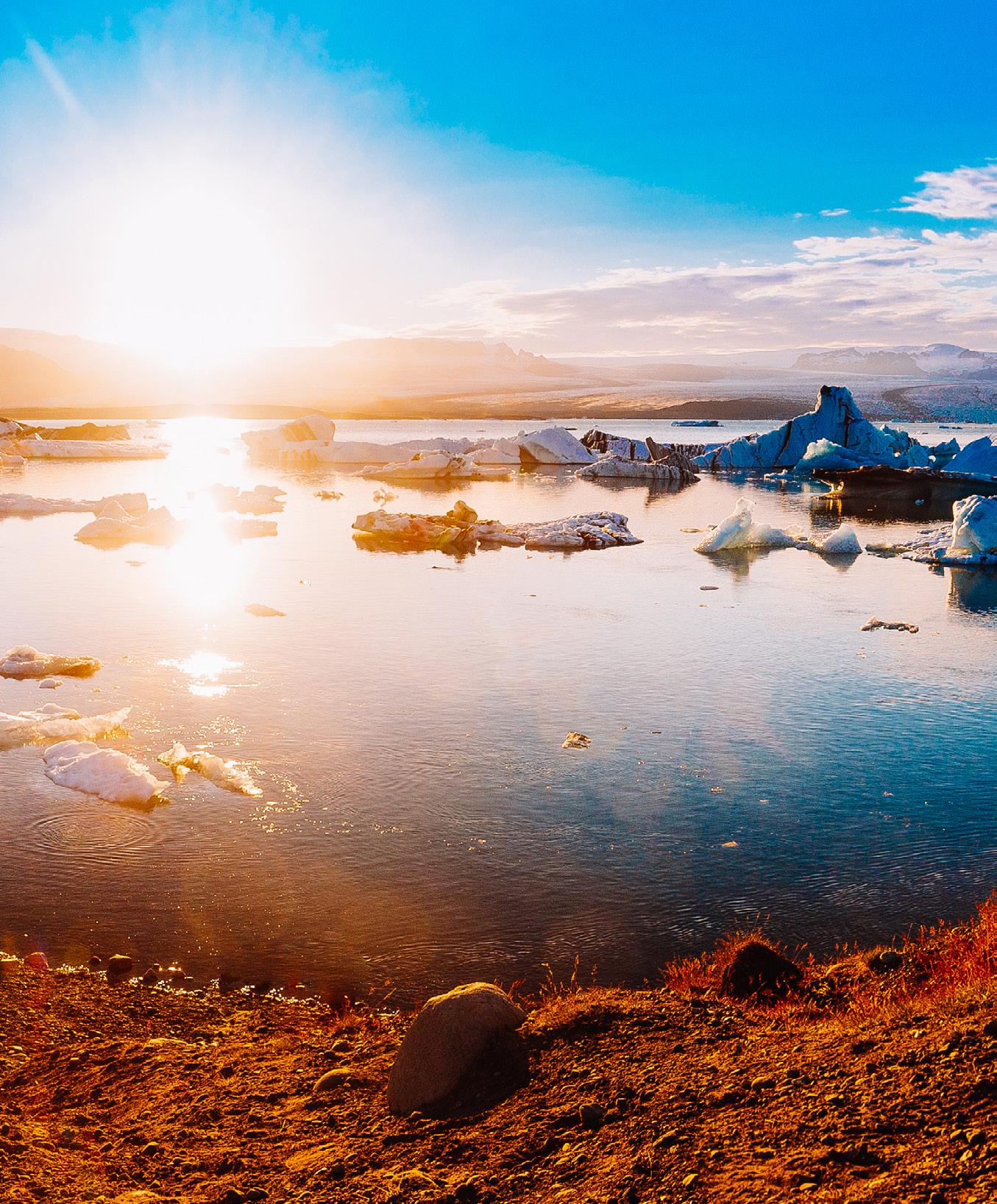
SNAPSHOT
ANTARCTICA
A conversation with Jeff Miller who traveled to Antarctica in 2005. Jeff has traveled to 42 countries, spanning all seven continents and shares his view, sometimes humorous, with us on the ice continent.
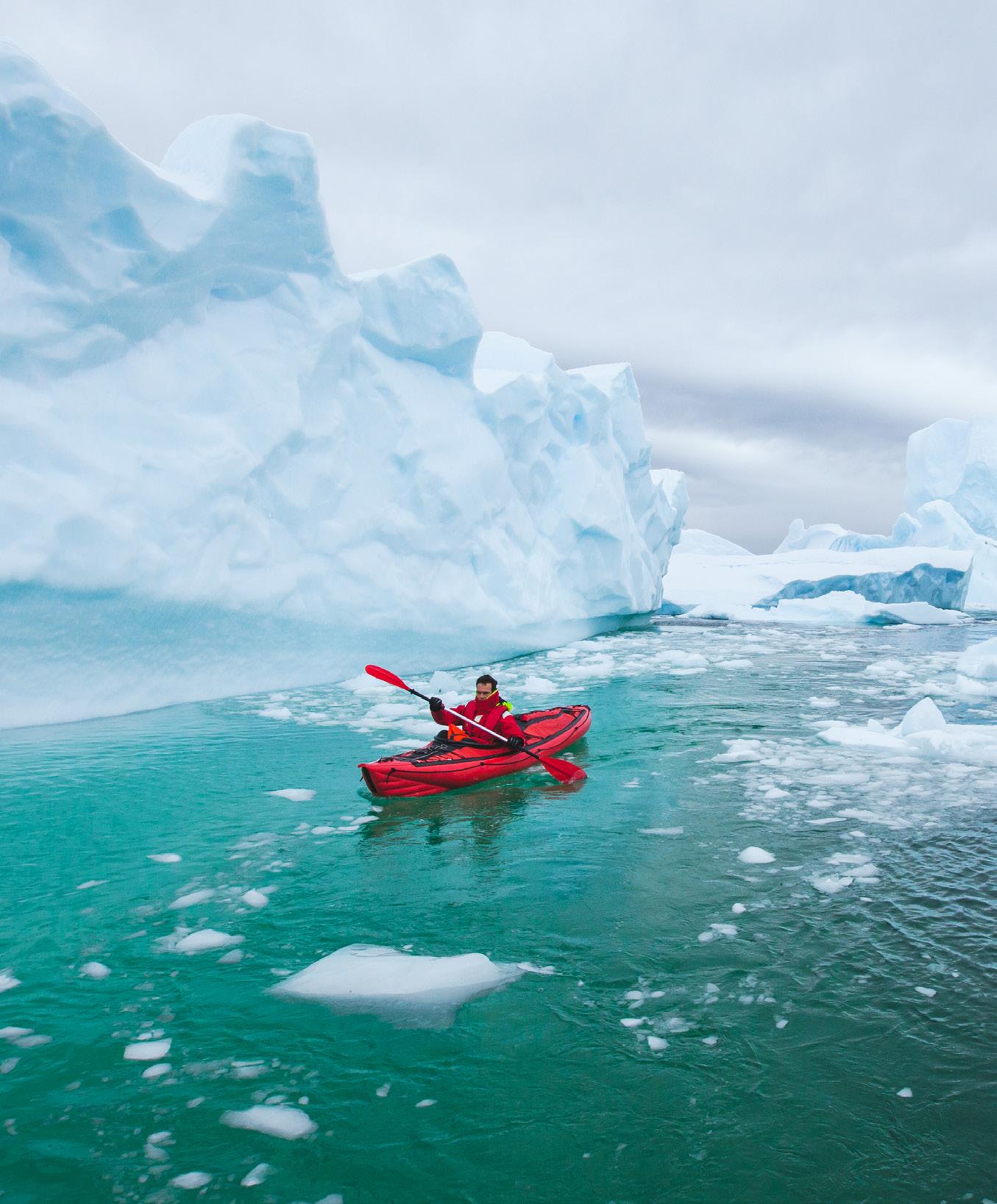
JEH: What was your first impression of Antarctica upon reaching it? JM: Antarctica is the world’s most pristine environment. If you are looking for beachfront property - many lots are still available.
JEH: What was the most special aspect of the continent for you? JM: The most special aspect of Antarctica was its scale and isolation. Nature is untouched by man. Every view is grand and expansive. Our presence seemed insignificant.
JEH: What most surprised you? JM: I was most surprised by our access to wildlife. There is an astounding variety and abundance of animals on the continent. Each day, we took excursions ashore along the coast. We saw penguins, terns, skuas, seals, walruses, whales, krill, and other marine life. On shore, there were animal remains scattered everywhere - including whale vertebrae and ribs, seal skulls, penguin bones, birds and a variety of fish remains. The climate is arid and cold, so skeletons endure for decades. Everything is frozen in time.
JEH: What least surprised you? JM: The selection of the “Shackleton” series as onboard entertainment.
JEH: Can you speak a little on your journey to Antarctica -- what was it like to travel there? JM: The journey to Antarctica took four days - three flights (over two days), plus a two-day sail across the Drake Passage from South America to Antarctica. That time and distance only underscored the remoteness of the continent. As such, we all understood that the trip was a once-ina-lifetime experience. I would describe our eight days in Antarctica as a constant state of excitement/wonderment/ astonishment.
JEH: What would you recommend to our readers not to miss seeing or doing if they travel to Antarctica? JM: Don’t miss the opportunity to get up close to nature. Take advantage of kayaking, hiking, or zodiac outings in coastal harbors. Animals in Antarctica are not hunted, so they are not startled by the presence of humans. As such, visitors can get very close to nature without creating a disturbance. We had the opportunity to camp ashore overnight. Went to sleep to the thunderous sounds of glaciers calving off into the ocean. Woke up the next morning to the squawking of penguins (and a seal) amongst our campsite. JEH: Can you speak a little of activities that you engaged in while there? The wildlife? JM: We were on a small Russian icebreaker (the Akademik Ioffe) which hosted only 92 guests, so we were able to access many areas unavailable to cruise ships. Every day there were excursions ranging from sea kayaking, hiking, sledding, bird walks, whale watching in zodiacs and (yes) swimming. At night, we enjoyed nature lectures by our onboard guides, tall tales and libations in the ship’s bar, stargazing, and mingling with the ship’s crew on the bridge.
JEH: What did you not like about Antarctica? JM: Jumping into the ship’s “hot tub” at night. It was filled by pumping ice-cold ocean water directly into the reservoir, which was not heated. Not “hot.” Just “tub.”
JEH: Can you share two independent thoughts -- not related to the above questions -- with our readers? One that they would never expect and the other that they may. JM: Unexpected - Antarctica is blue, not white. The water, the sky and the compressed ice are all rich shades of blue. Even the snow turns blue at sunset before it eventually fades into gray, then black. Expected - It is as close as you will ever get to visiting another planet.
JEH: Is there anything else that you would like to include – an anecdote or story that our readers may find interesting? JM: Had a chance to swim in Antarctica during one of our excursions ashore. I can’t call it “The Polar Bear Club”, as polar bears live 10,000 miles + away. I would describe the sensation of diving into the icy ocean as having a thousand burning needles piercing your skin at the same time. Please take note: that high-pitched screaming noise ringing in your ears will be you!
ANTARCTICA TRAVEL TIPS
• If you will be in Argentina for a few days before departure, pack a few lighter layers. The country is warm at the time of year when most Antarctic cruises take place, with temperatures ranging from 70 to 80 degrees. Antarctica is cold. • Pack your winter-gear essentials and seasickness medications in your carry-on. If your baggage doesn’t arrive from your original destination, the boat will take off without it. • Be proactive about seasickness. Drake’s Passage can get hairy. If you are departing from Ushuaia, your captain should update you prior to leaving on expected sailing conditions. Make sure to take the seasickness medication when you set foot on ship—or ideally a few hours before. Once seasickness hits, it’s tough to overcome. • Wear sunscreen. Always. No matter the weather. Reapply as often as you can. And put it everywhere—especially on your nose. The sun reflects off the snow and you risk burning. • Be prepared for no souvenirs. While everyone loves having a memento of their travels, you will leave Antarctica itself without one.
There are no tourist shops. And taking anything is banned. This includes rocks, feathers, bones, eggs, and any kind of biological material including traces of soil. Taking anything man-made is also completely banned, as some might actually be research equipment. • Don’t disturb historic sites or current sites. There are a number of
‘historic’ sites in Antarctica – old bases and now-abandoned huts that were once used by explorers and scientists. Much like any kind of monument, you’re not meant to go near these sites or take anything from them. In emergencies, such as a blizzard, they can be used. Current sites are also not meant to be disturbed. Those stationed there are conducting sensitive research, and your presence might accidentally disrupt their work. • Don’t litter. While this goes without saying, most rules on the continent are meant to keep the environment as pristine as possible.
Water pollution is also a big deal and even walking through water or skipping stones is against the rules. • Penguins can find their own way home. Most of the animal-watching rules are straightforward: keep your very specified distance, be quiet, and don’t feed them. In other words, observe but don’t interact. • Don’t expect to get rescued. Stick close to people. With the unpredictable weather conditions, rescues are basically impossible. In a group of people, most tour operations will ensure that you’re kept safe and that you’re briefed on how you can keep yourself safe.
ANTARCTICA PACKING LIST
Knee-high waterproof boots Waterproof pants A warm parka Waterproof gloves Lots of layers Extra socks A tight-fitting beanie A warm scarf A camera and lenses Binoculars Sunscreen Seasickness medication











